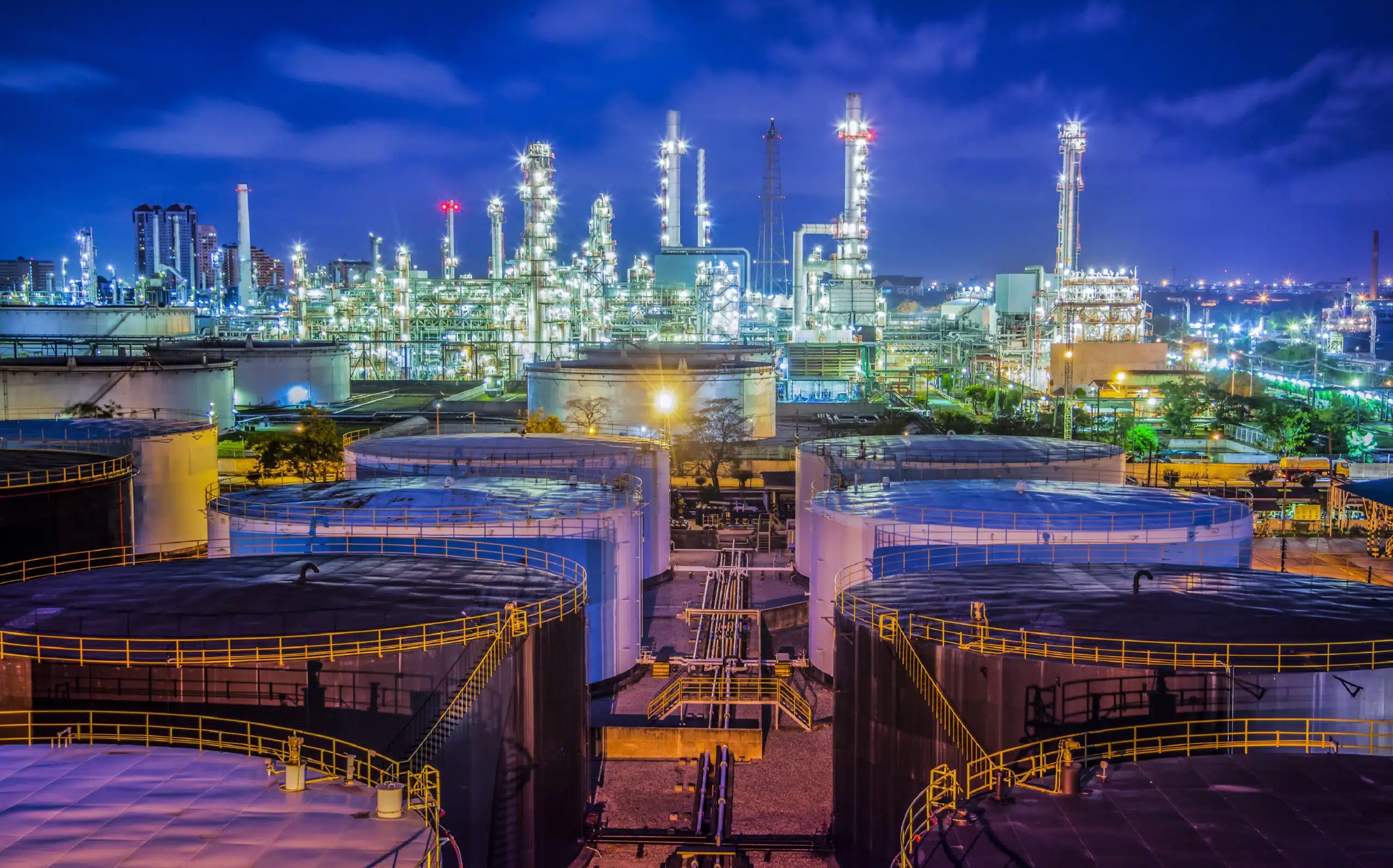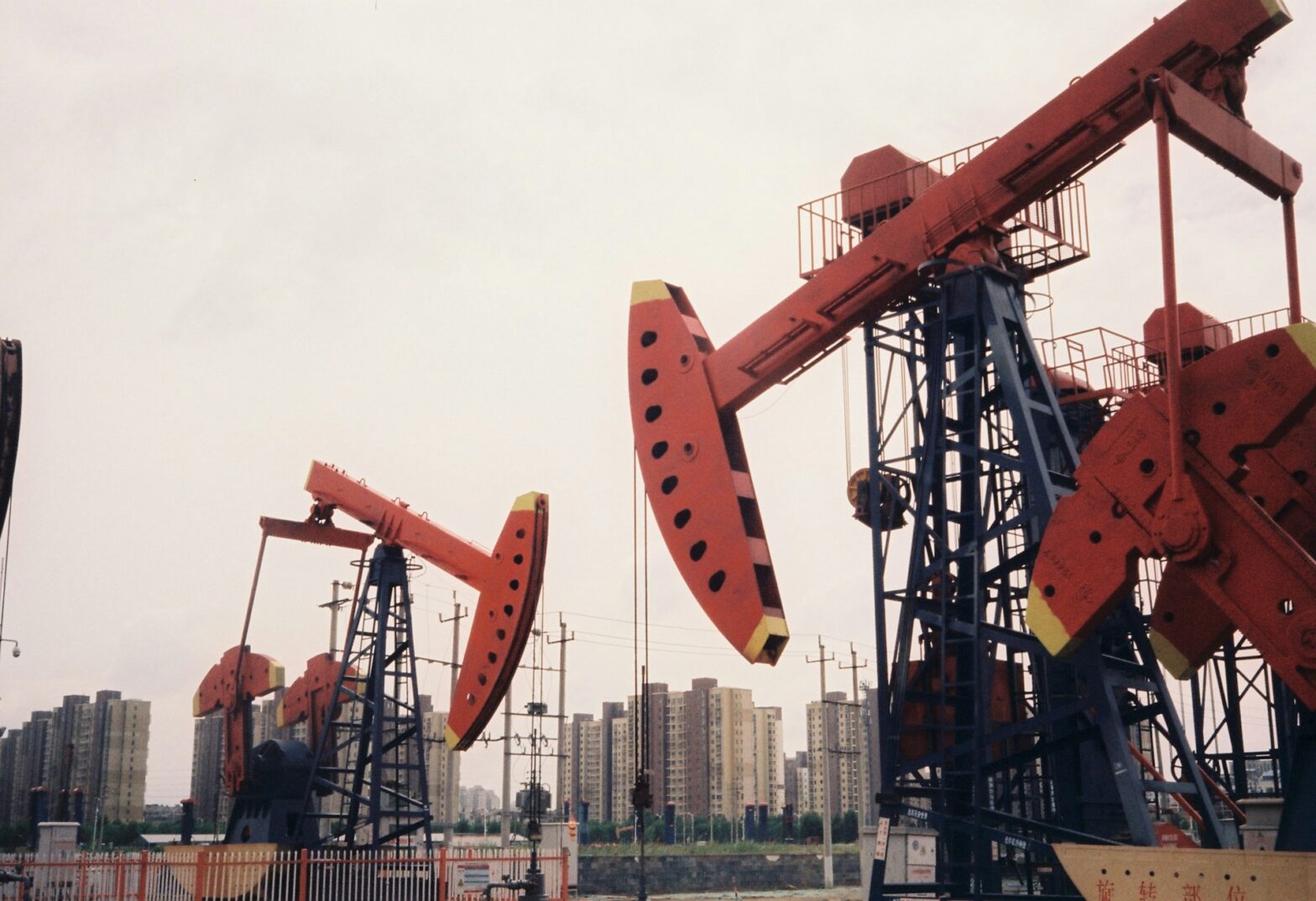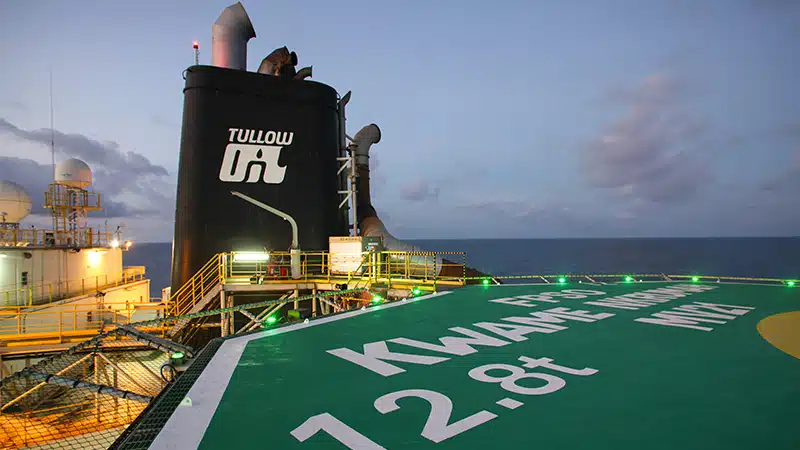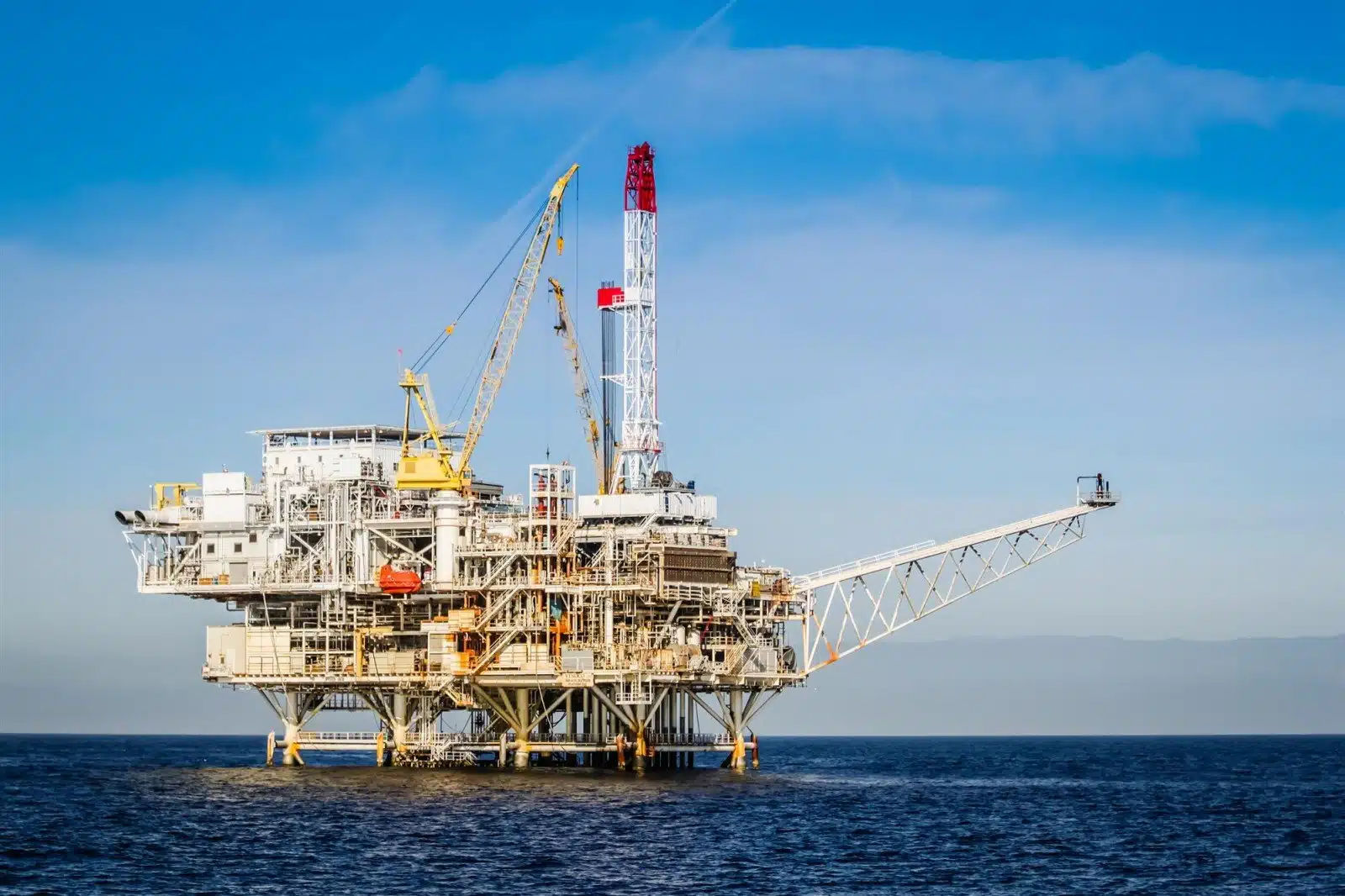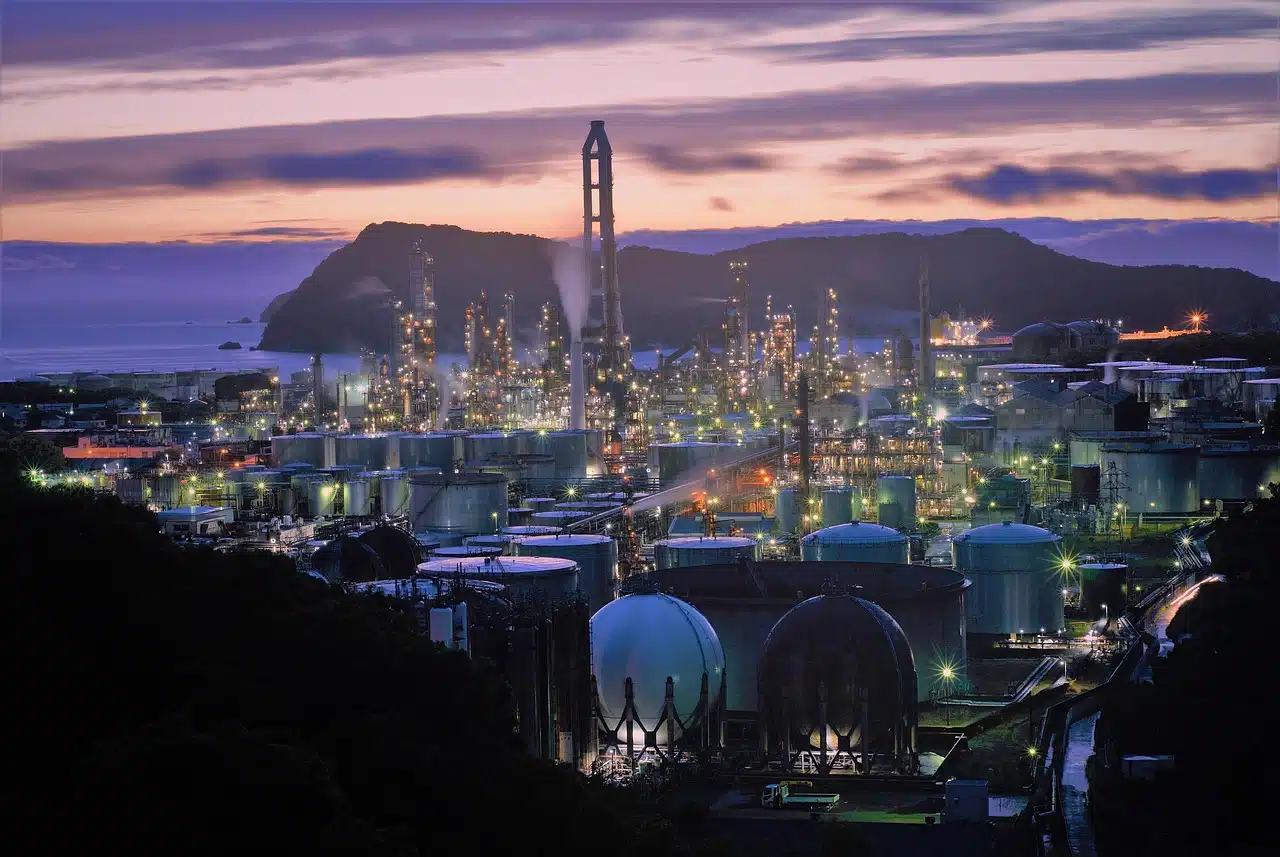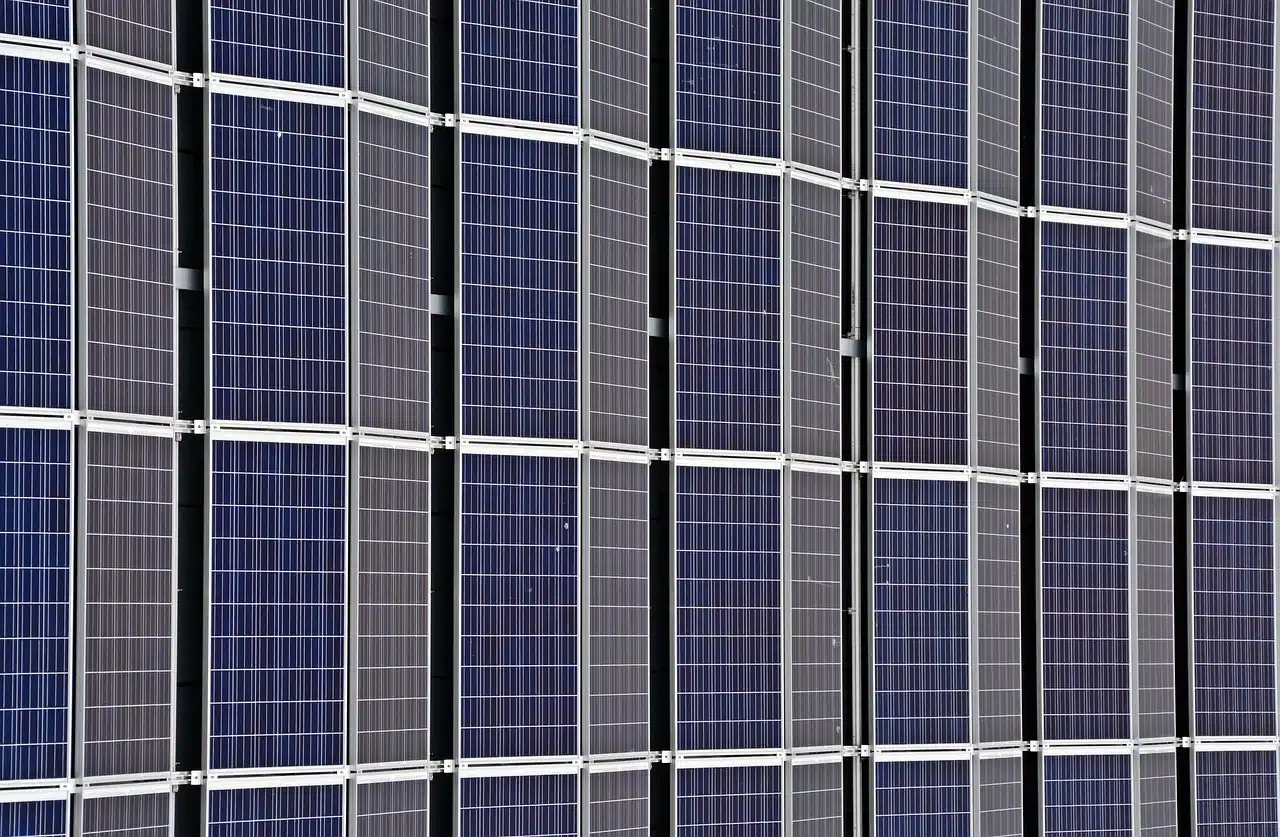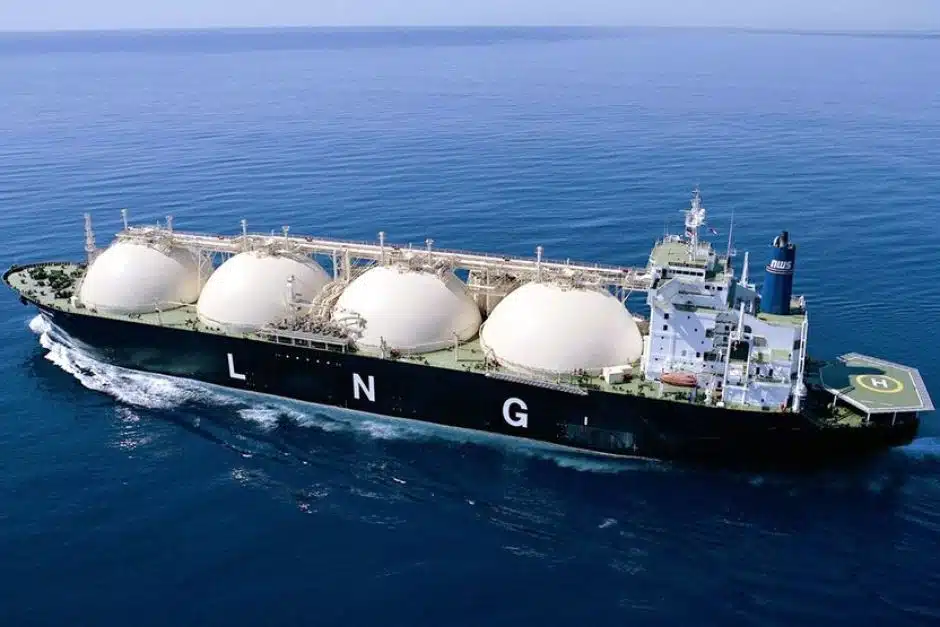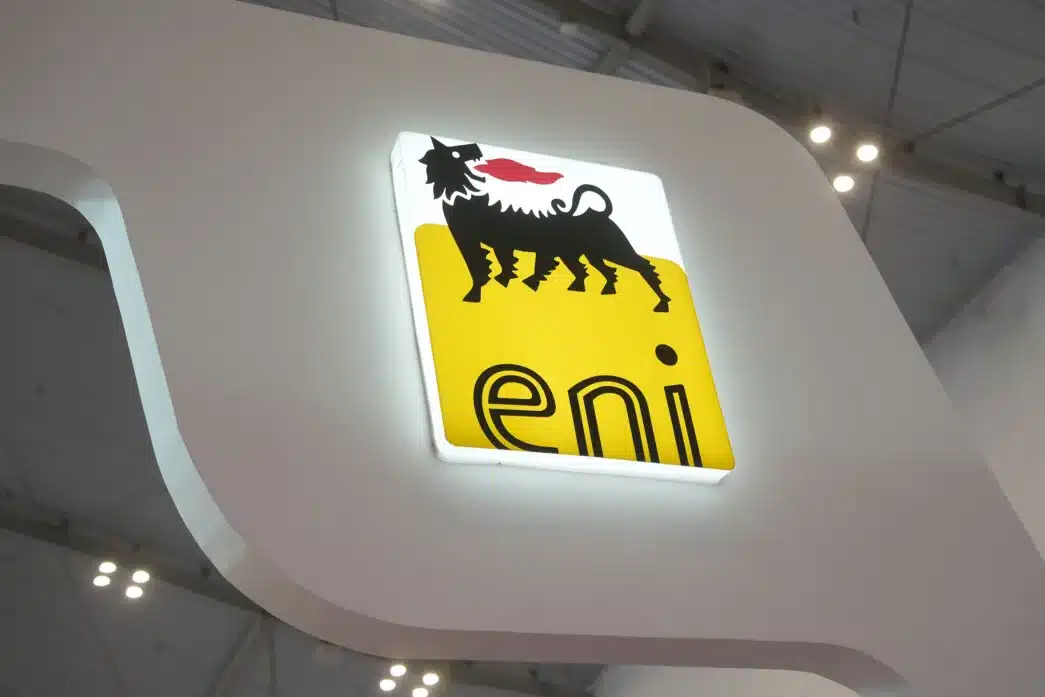In the first eight months of 2025, Nigeria witnessed impressive oil and gas revenues of N10.737 trillion ($7.36 billion), an increase of 21.87% compared to the N8.388 trillion recorded over the same period in 2024 ($5.75 billion).
This is disclosed in the latest Nigeria Development Update (October) released by the World Bank and reviewed by Energy in Africa.
The 74-page report reveals that all relevant state agencies in the country’s oil and gas sector each saw record increases in revenue generation during the period under review.
We take a closer look at the five leading contributors that have boosted Nigeria’s oil revenues by more than one-fifth during the period under consideration.
5. Rentals – N30 billion
In the first eight months of 2025, the Nigerian Upstream Regulatory Commission (NUPRC) collected the sum of N30 billion ($20.5 million) in rental revenues. This is 40% higher than the N18 billion ($12.3 million) in the same period last year.
Rentals, or concession rentals, are payments made by oil and gas companies for the right to explore and operate in designated petroleum blocks or leases.
NUPRC often collects these fees from licensees or lessees on behalf of the government through NUPRC for holding oil blocks, even if they are not actively producing.
Companies are typically required to pay these rentals annually, and the amount may vary based on the size of the block and the terms of the license.
These payments contribute to Nigeria’s federally collected oil and gas revenues and are part of the broader upstream revenue streams, alongside royalties and taxes.
4. Gas flaring penalties – N380 billion
According to the World Bank Report a total sum of N380 billion ($260.4 million) was collected by NUPRC as gas flaring fees during the period. This is an increment of N115 billion ($78.8 million) or 30% from the N265 billion ($181.6 million) said to have been collected in the first eight months of 2024.
In Nigeria, gas flaring penalties entail financial charges imposed on oil and gas companies that burn off natural gas during production instead of capturing and utilizing it.
Despite longstanding regulations, enforcement has been inconsistent, and flaring remains a major environmental and economic concern.
NUPRC enforces the Gas Flaring and Venting (Prevention of Waste and Pollution) Regulations, which outline penalties for unauthorized flaring. Companies are fined based on the volume of gas flared.
Earlier in July, the World Bank reported that Nigeria saw a 12% increase in gas flaring in 2024, with indigenous companies accounting for 60% of Nigeria’s total flares.
3. Federation share from NNPC – N424 billion
In the first eight months of 2025, state-owned energy company NNPC Limited is said to have remitted the sum of N424 billion ($290.5 million) derived from production sharing contracts (PSCs) to the federation account.
Buoyed by the removal of fuel subsidies, NNPC remitted 77% more in revenue to the federal government compared to the N97 billion ($66.4 million) reported in the same period last year.
Subsidies had weighed down heavily on the amount NNPC, which implemented the scheme, was remitting to the government.
But its removal has now boosted revenue returns.
The improved revenue allocation came despite a 14.6% yearly decline in oil prices, although the company didn’t remit any dividends to the government during the period under review.
2. Oil and gas royalties – N4.881 trillion
One of the two outstanding contributors to Nigeria’s oil revenues between January and August 2025 was the robust royalties paid by operators in the country’s petroleum industry.
NUPRC collected a total of N4.881 trillion ($3.3 billion) in the period, up 28.7% from the N3.480 trillion ($2.3 billion) posted in the first eight months of 2024.
This is despite the revenue shortfall of N459.6 billion ($314.5 million) reported by NUPRC in August. That month, the commission remitted N745.21 billion ($510.5 million), over 30% down from its target of N1.204 trillion ($825 million).
In Nigeria, royalties are payments made by oil and gas companies to the government for the right to extract hydrocarbons from the country’s resources.
Calculated as a percentage of the value or volume of crude oil and natural gas produced, royalties are paid by licensees and lessees operating under petroleum prospecting licenses (PPLs) and petroleum mining leases (PMLs).
The rates often vary based on terrain (onshore, shallow offshore, deep offshore) and production volumes.
1. Oil and gas taxes – N4.989 trillion
Africa’s largest oil producer collected a total of N4.989 trillion ($3.41 billion) in petroleum taxes during the period.
This is an increase of 16.2% from the N4.179 trillion ($2.8 billion) collected by the Federal Inland Revenue Service (FIRS) between January and August 2024.
In Nigeria, FIRS is responsible for collecting key taxes from oil and gas companies operating in the upstream, midstream, and downstream sectors.
Specifically, these taxes come from petroleum profits, company income, VAT, and gas income, often forming a major part of the country’s revenue base
In August 2025, FIRS announced that it had achieved its oil and gas tax revenue target for the year, attributing the success to improved security in the Niger Delta and stronger enforcement mechanisms.
Additionally, miscellaneous revenues collected by NUPRC during the period also jumped by 24% to N33 billion ($22.6 million), from N25 billion ($17.1million) reported in the same period in 2024.
Miscellaneous revenues refer to a broad category of non-tax, non-royalty income generated from various regulatory services, permits, and penalties within the oil and gas sector.
These charges are typically administrative or regulatory in nature and are paid by oil and gas operators to comply with operational requirements or rectify violations.
Oil rebounds, but non-oil dominates
Nigeria’s oil revenues in the first eight months of 2025 indicate a strong recovery from the previous year.
In H1 2025, the oil and gas sector (including mining and refining) expanded by 10.7% year-on-year, with Q2 driving most of the growth.
During the first half, daily oil production (including condensates) averaged 1.68 million barrels per day, representing a 170,000 bpd increase from H1 2024.
The refining sector also surged by 14.2%, largely fueled by operations at the Dangote refinery.
Yet, despite this rebound, the non-oil and gas sector remained the dominant revenue contributor. It generated N16.240 trillion ($11.1 billion).
That’s over 30% more than the N10.737 trillion ($7.36 billion) from oil and gas.
In terms of GDP contribution, non-oil revenues accounted for 5.7% of growth, while petroleum revenues lagged behind at 3.8%.

